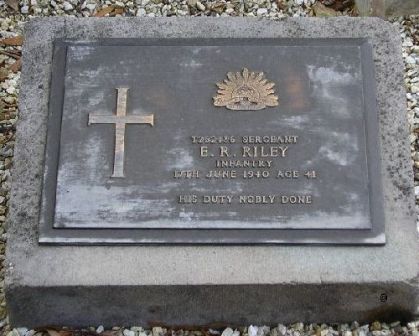|
 SAFETY
OF
SOLDIERS SAFETY
OF
SOLDIERS
Measures Advocated
By Coroner
The provision of "wet" canteens at military camps and measures
to ensure the safety of soldiers using the road near Brighton
were advocated by the Coroner (Col Clark) at an inquest at
Hobart yesterday concerning the death of two A.I.F. members at
Pontville on June 17 as a result of a motor- cycle running into
a group of men.
The Coroner was informed that hundreds of men were in the habit
of walking along the State highway between Brighton and
Pontville each evening. One witness said he had received no
instruction since he entered the camp on the day of the accident
as to how persons should walk along the road at night. Another
said there were no lights between the entrance to the camp and
the Pontville bridge on June 17.
It appeared another case in which hundreds of men would not be
on the roads at night if there was a "wet" canteen at the camp,
said Col. Clark. His experience as a soldier taught him that men
liked to have a glass of beer after a hard day's work. He was
surprised that instruction was not given as to walking on the
roads at night.
The fact that a light had been placed near the scene of the
accident showed that one was needed, added Col. Clark. If the
roadway were properly lighted and a pathway built the chance of
accident would be minimised. He hoped whoever was responsible
for the construction of a path would do the work without delay.
The light in front of the Brighton camp was dazzling, and should
be tilted to show on to the roadway instead of into the eyes of
motorists.
A witness informed the Coroner from the body of the Court that
his unit had been given instruction as to the use of roads at
night.
The Coroner
found that Sgt.-Major
Eric
Richmond
Riley
(42), of Kingston, and Pte John Rouse Thompson (39), of
Geeveston, were accidentally killed.
Evidence was
given that
Riley
was
riding a motor-cycle,
with Sgt. W. H. Quinn on the pillion, towards Pontville and
seven other members of the A.I.F., including Thompson, were
walking in the same direction in three groups. Some were on the
edge of the road and others on the grass. Several of the men saw
the lights of the cycle when it came over a hill about 200yds
away. When its course was observed as it approached them two
called, "Look out," but the cycle careered through the
group.
The Mercury 19
July 1940
Photo by
Linda McKenzie
|

